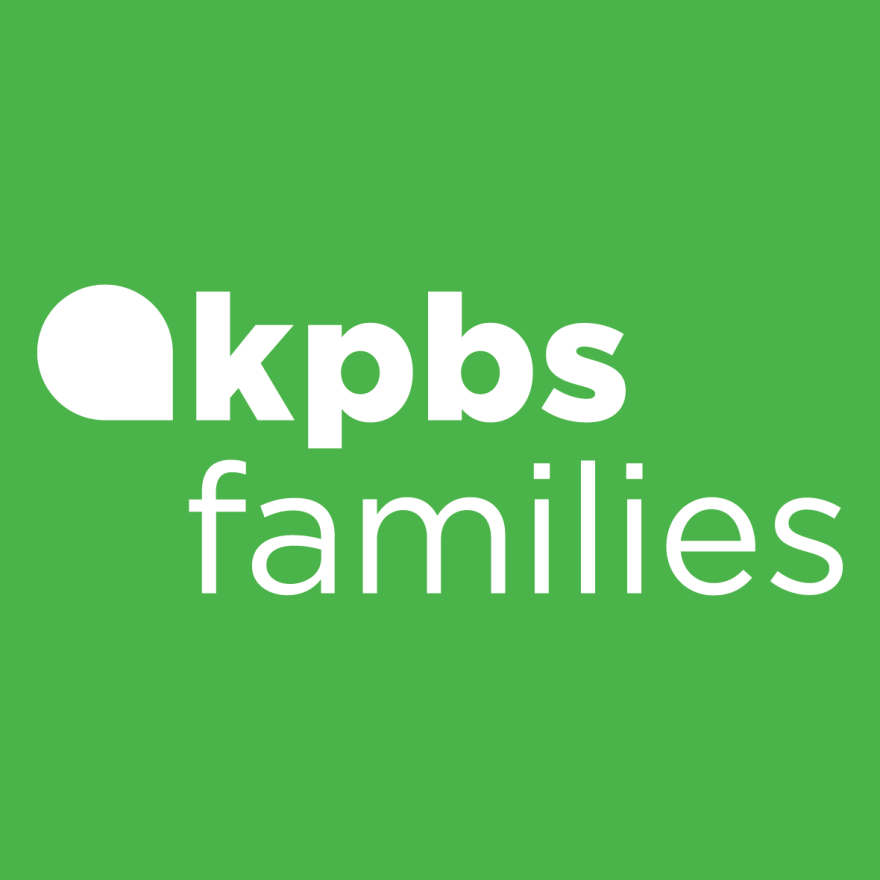KPBS Evening Edition anchor Maya Trabulsi talked with Erin Hogeboom, the director of San Diego For Every Child, about a new initiative launched to end child poverty in San Diego County.
Q: Research is showing that San Diego families are struggling and, more specifically, the basic needs of some children are not being met. Can you talk to us about what the current state of child poverty is here in San Diego County?
A: Yes. So, in San Diego County, 40% of children under 12 are living in homes that are at or below 200% of the federal poverty level. And what that means is a family of four struggling to make ends meet in under $27,000 a year. And so what we're really looking at is that inability to make ends meet in terms of actual income also makes it impossible for kids to have access to healthy food, stable housing, accessible healthcare, and reliable and quality childcare and early education.
Q: That really is a huge number. Tell us about San Diego for Every Child. What can the coalition do to help reduce child poverty in the county?
A: So, San Diego for every child is a coalition of organizations, nonprofits, businesses, community members, leaders, advocates, anyone who really cares about making a difference for children that are in families struggling to make ends meet here in the region of San Diego. And what we're really looking to do is how can we come together as a community and say we're not going to allow for nearly half, 40% of our kids, across the community are not having those basic needs met. So, how can we come together as a community to not only figure out how we support families very directly, but also work to make sure that the systems and structures are in place? That all of the kids across San Diego County, no matter what region they're living in or the income of their family, have those basic needs met.
Q: Because truly it's beyond just food. It is services. It's time. It's things that families need more of.
A: Exactly. And that means making hard choices between things like paying rent or medical bills or child care. And what we're really trying to do is figure out how do we work as a community, first and foremost, to get as involved as possible, learn about the issue and become aware? And then from there, really make sure that our system - housing assistance and food assistance and child care assistance and healthcare - are all working together to make sure that we're supporting our families, and in particular our children, the best that we possibly can.
Q: Let's talk about your website for a moment. Obviously, you go on the website, you can see the statistics and the research. It's an interactive website, as well. You can actually go in there and hover on certain communities. What have you found that's really surprising in your research?
A: We were really shocked, actually, when we finally put the data on the map that there are neighborhoods where people would not assume that child poverty and the experience of it would be happening. There's a neighborhood in La Jolla, for example, that has 67% of families experiencing child poverty. Poway and Carlsbad have neighborhoods that are over 50%. Chula Vista has a neighborhood that is 75%. And then, of course, there are also neighborhoods that have over 90%. And so really what we're encouraging people to do is visit the Website, Take a look at your own community and, you know, join this effort and then be an advocate for how we make sure that resources are being shared equitably and that we're really supporting families across our community.
Q: And I think what's important to note is that these numbers are reversible.
A: We can absolutely make a difference here. And if we work together as a community and as a service sector, we can absolutely get there and end child poverty in California and in San Diego.







